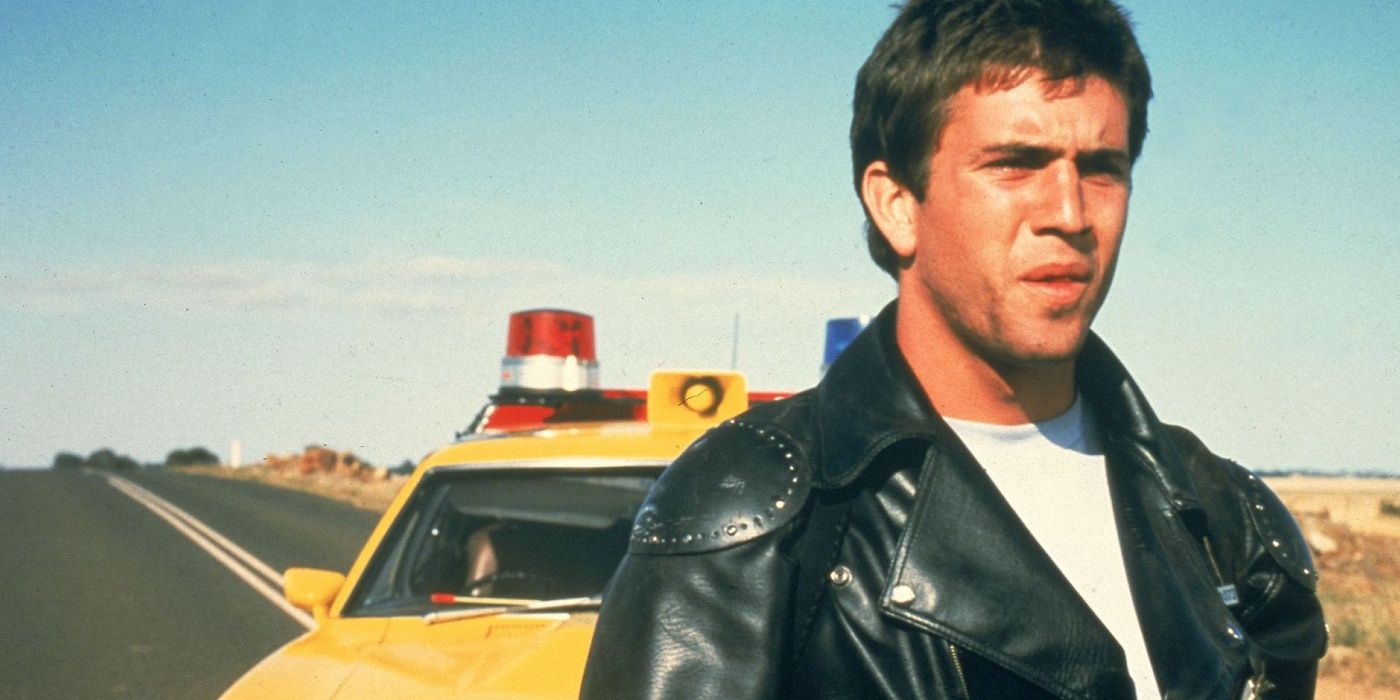Director George Miller reflects on why the Mad Max franchise has resonated so much with audiences. Released in 1979, Mad Max stars Mel Gibson as the eponymous Max, an Australian policeman who sets out to stop a marauding motorcycle gang. The film, which was made entirely in Australia on a shoestring budget, became a massive hit and, for a time, held the title of the most profitable film ever made. Mad Max was followed by two sequels, Mad Max 2, also known as The Road Warrior, and Mad Max: Beyond Thunderdome.
SCREENRANT VIDEO OF THE DAY
After decades of development hell, Mad Max: Fury Road was released in 2015, introducing audiences to a new take on Max, played by Tom Hardy. The film tells the story of Furiosa (Charlize Theron), a high-ranking general who rebels against her ruler and teams up with Max to find her homeland. Considered by many to be the best in the franchise, Mad Max: Fury Road was nominated for a number of Oscars, including Best Picture. A sequel to the film, Mad Max: The Wasteland, has struggled to get off the ground in recent years, but the prequel Furiosa is currently filming in Australia.
In a new interview with AV Club, Miller reflects on the success of the Mad Max franchise and offers his opinion on why so many of the films have resonated with audiences. He explains that, at first, he didn't understand why the original Mad Max did so well in international markets outside of Australia, but that he later came to realize there were certain unconscious human elements to the story that gave it universal appeal. Check out Miller's full comment below:
It’s definitely not deliberate. All I think you can do is observe who we are as much as possible, try to get some understanding, and try to tell a story that you hope is persuasive. And I’ve found that over and over again, all stories, even the best documentaries, are allegorical to some degree. And if they are, that means that there is a poetic dimension to them, meaning that it’s interpreted according to the worldview of each member of the audience. That varies—some of it’s collective, and others there’s not. And I have really, really come to understand that, ever since I began to make movies.
From the first Mad Max which I thought was specifically [centered in] Australia, I was really quite astonished and didn’t understand for a long time why it succeeded in Japan, why they saw it as a samurai movie, why in France they equated it to the American Western, a Western on wheels. Scandinavia saw Max as a lone Viking warrior or a Norse warrior. Until then, I had never heard of Joseph Campbell and just a little bit about [Carl Jung]. But then I suddenly realized the film didn’t have those resonances because I was particularly clever. It’s that I tapped into something unconsciously. I believe that’s happened ever since. Fury Road seemed to anticipate the times, but that was conceived and we were about to shoot at least a decade before. But there were consistent behaviors in us as human beings that seemed to amplify those things. And so I don’t think anybody can do that, as much as you try to. You’re certainly aware of it. But it’s only once the story’s being told that people either receive that or not, and make of it what they like.

While Mad Max: Beyond Thunderdome is widely considered to be the weakest of the franchise, most of the other installments continue to resonate with audiences today. As Miller explains, Mad Max: Fury Road and the other films in the franchise contain many universal elements that can be interpreted in different ways depending on where audiences are from, with the lone warrior premise being easily translatable across international boundaries. It remains to be seen, however, if Furiosa will see similar levels of success and longevity.
Miller's comments, of course, can be applied to any film, with different movies having different meanings depending on where and by whom they are viewed. Although the original Mad Max movies revolve more around a lone warrior fighting against the evils of the post-apocalypse, Mad Max: Fury Road takes a different approach, introducing new characters and relegating Max himself to more of a supporting role. Despite these changes, Mad Max: Fury Road is a chase movie at its core, a premise that is easily understood in all languages and that lends itself well to different thematic interpretations, like the original Mad Max.
